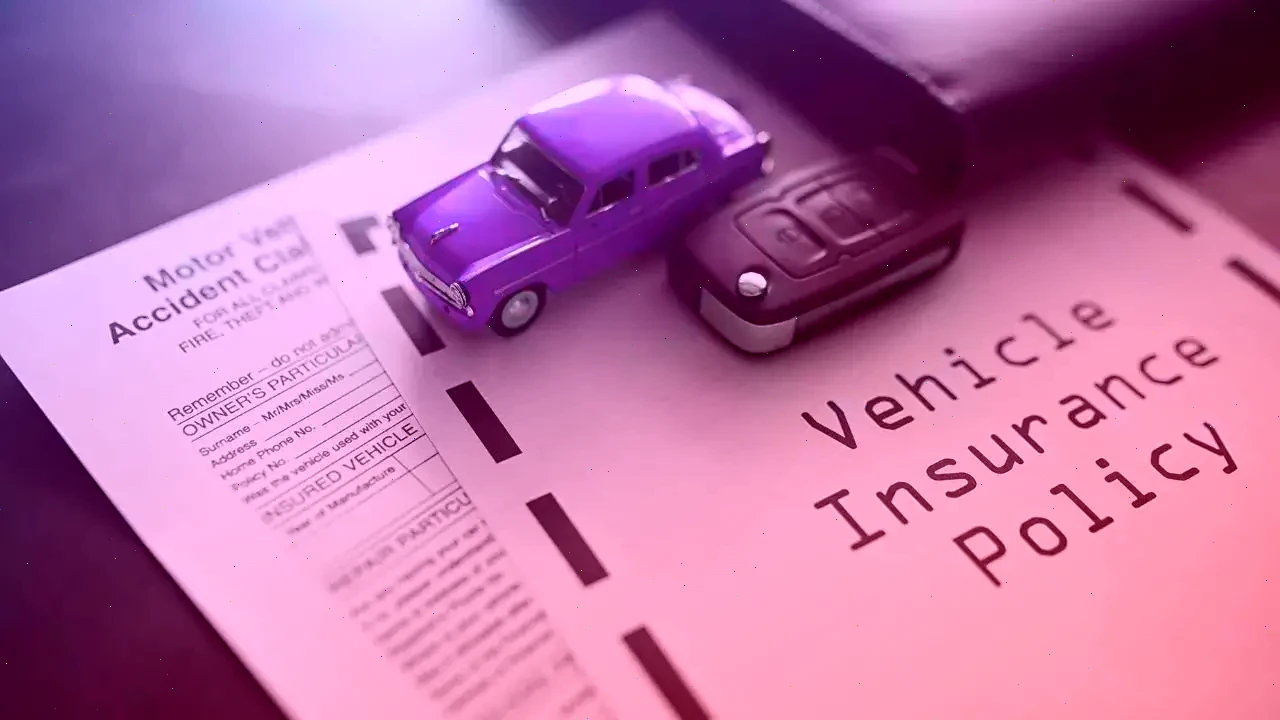Not all cars are created equal — and neither is the insurance that protects them. Whether you’re driving a compact sedan, a luxury SUV, a pickup truck, or an electric vehicle, your car’s type plays a big role in what coverage you need and how much you’ll pay.
In this guide, we’ll break down how vehicle type affects your insurance — and how to choose the right policy for your specific ride in 2025.
Why Vehicle Type Matters for Insurance
Insurers look at a range of risk factors when quoting your policy. Vehicle type affects:
- Repair and replacement cost
- Crash safety ratings
- Theft rates
- Claim frequency by model
- Vehicle usage (commuting, towing, etc.)
This means a luxury coupe and a family minivan won’t be treated the same — even with identical drivers.
Best Insurance Options by Vehicle Type
1. Sedans and Compact Cars
Typical use: Daily commuting, city driving
Recommended: Full coverage for newer models; liability + comprehensive for older vehicles
- Low theft risk for some models
- Affordable repairs = lower premiums
2. SUVs and Crossovers
Typical use: Family transport, road trips
Recommended: Collision and comprehensive + higher liability limits
- Higher replacement cost → more protection needed
- May qualify for safety discounts if equipped with ADAS
3. Pickup Trucks
Typical use: Work, towing, utility
Recommended: Commercial auto insurance (if used for business); comprehensive and collision if financed
- Consider adding tools/equipment coverage
- Check usage type with your insurer to avoid denied claims
4. Sports Cars and Luxury Vehicles
Typical use: Performance driving, weekend use
Recommended: Full coverage with high liability limits; gap insurance for financed models
- High theft and repair costs = higher premiums
- Consider agreed value policies for exotics or classics
5. Electric and Hybrid Vehicles
Typical use: Eco-friendly commuting, city + highway
Recommended: Comprehensive + OEM parts coverage
- Battery replacement is expensive — comprehensive is key
- May qualify for green vehicle or EV insurance discounts
6. Classic and Antique Cars
Typical use: Occasional driving, shows
Recommended: Classic car insurance with agreed value
- Specialty policies offer lower mileage pricing
- Standard auto insurance may not cover full value
Vehicle Type vs Recommended Auto Insurance Coverage
| Vehicle Type | Recommended Coverage | Why It Matters |
|---|---|---|
| Sedan / Compact | Liability + Full Coverage (if new) | Affordable to insure, often used for commuting |
| SUV / Crossover | Comprehensive + Collision + Higher Liability | Higher value vehicles; families & long-distance driving |
| Pickup Truck | Commercial Auto (if work use) + Full Coverage | Used for towing, hauling — often work-related |
| Sports / Luxury Car | Full Coverage + Gap Insurance + High Limits | High theft risk, costly repairs, performance-driven |
| Electric / Hybrid | Comprehensive + OEM Parts + EV Discounts | Special parts (like batteries) are expensive to replace |
| Classic / Antique | Agreed Value Coverage (Classic Car Policy) | Appreciating value & limited use require specialty insurance |
How to Choose the Right Policy
- Evaluate the car’s value and risk level
- Consider how often and how far you drive it
- Decide whether you need comprehensive and collision
- Compare quotes from insurers that specialize in your vehicle type
- Ask about vehicle-specific discounts (e.g., anti-theft, green car)
Final Thoughts
Choosing auto insurance isn’t one-size-fits-all — especially when your vehicle type changes the rules. Whether you’re cruising in a convertible or commuting in a compact, tailoring your policy to your vehicle helps ensure you’re covered correctly and not overpaying.
The smartest drivers in 2025 protect their car with the right coverage — not just the cheapest.
